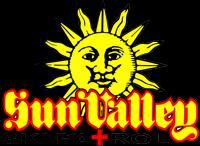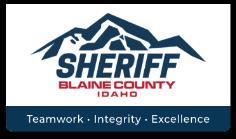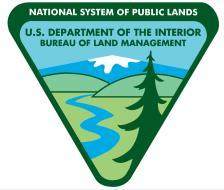

2024-25 Annual Report
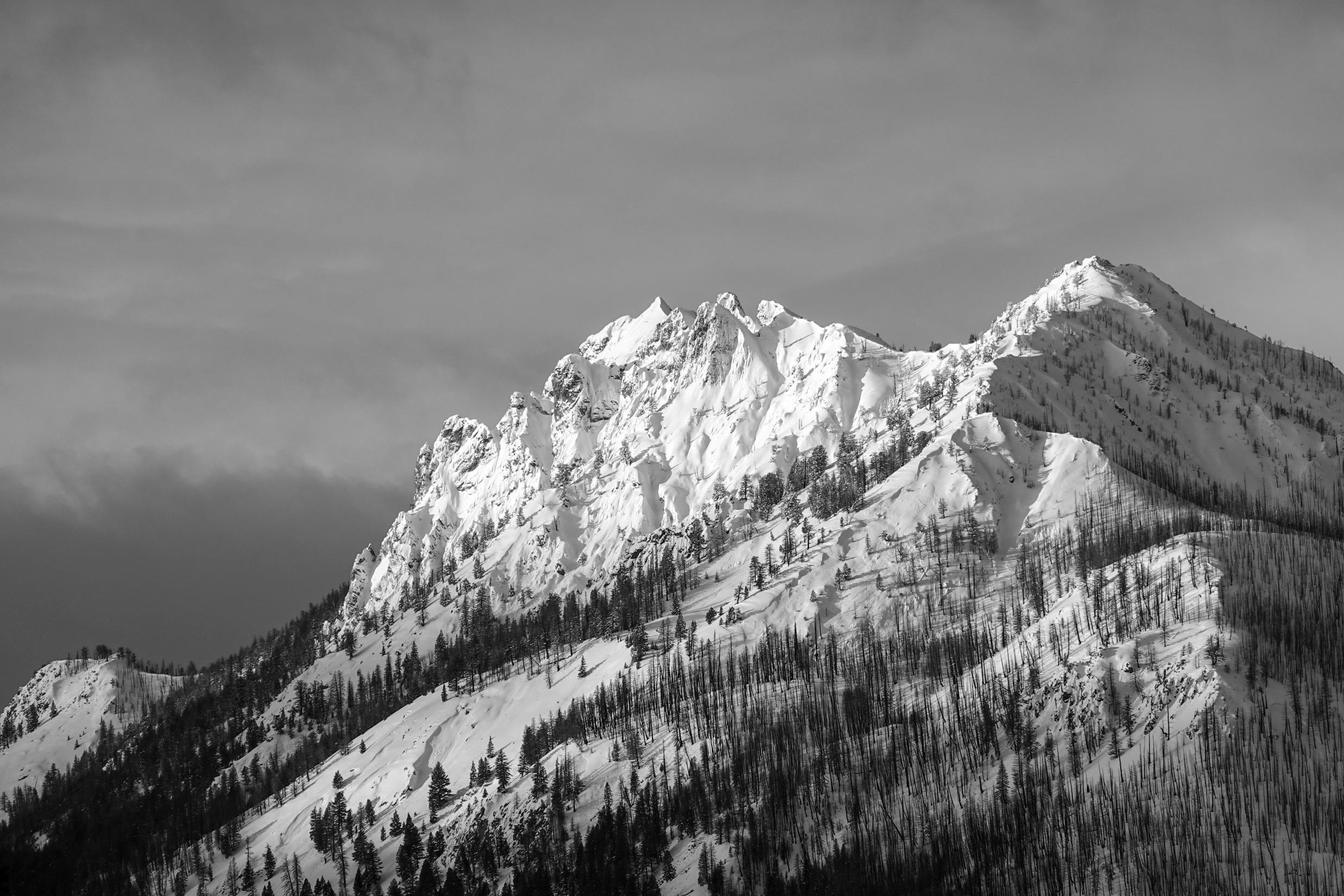
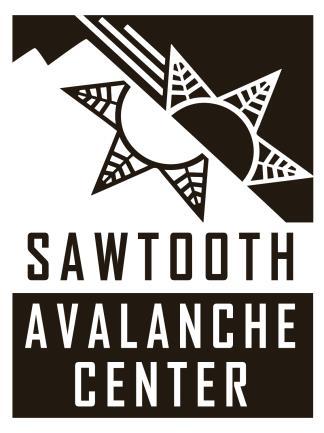
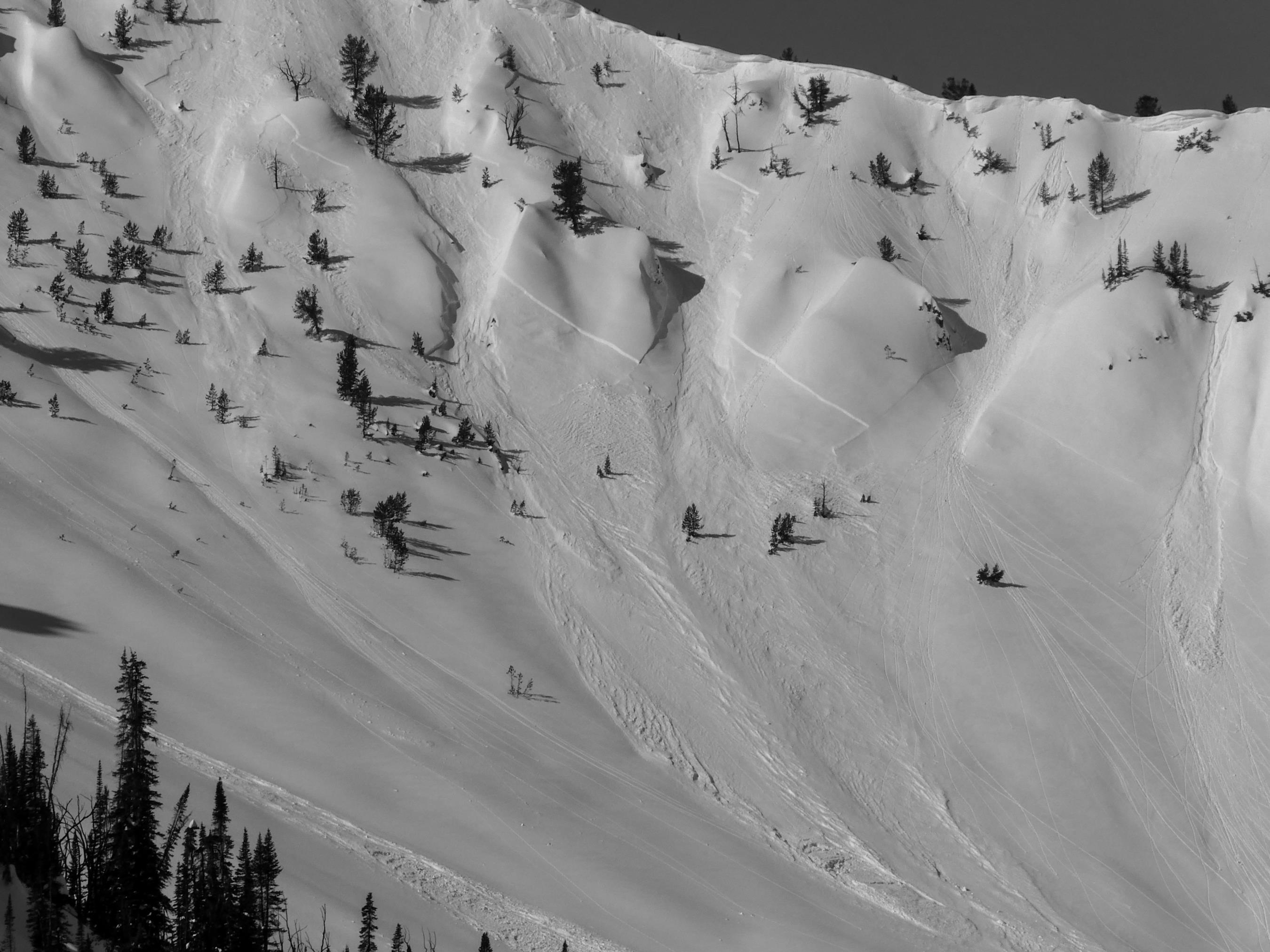
Acknowledgments


The following individuals were regular contributors and/or field partners: Ed Binnie, Rob Bessler, Brad Hatch, Josh Johnson, Nicole Jorgenson, Alison Kinsler, Jeremy Lato, Brian Mayfield, Josh Morell, Cody Richmond, Victoria Rossin, Sam Solie, Nate Stoltzfus, Ben VandenBos, and Desireè Wickwar.
A huge “thanks!” goes to Ski-Doo, who, in conjunction with Action Cycles ‘N Sleds in Twin Falls, once again loaned us a top-of-the-line Summit Expert 850 snowmobile. We were thrilled to have a Ski-Doo in our sled fleet for a fifth season.
We’d like to thank Tyler English, Matt Filbert, Steve Frost, Susan James, John Kurtz, Chris Lundy, Kent May, Zach Poff, Tamara Rowell, Jennifer Stevens, and Jake Strohmeyer. These USFS and BLM staff went above and beyond the call of duty to support the Avalanche Center.
Local ski guides and snow safety workers contributed 407 observations to our professional observations database. These reports are vital in ensuring the most accurate forecast possible. We are indebted to the staff at Sawtooth Mountain Guides, Soldier Mountain Cat Skiing, Sun Valley Guides, Sun Valley Heli Ski, and Sun Valley Huts, as well as the ski patrols at Sun Valley and Soldier Mountain.
Last but far from least: we received well over 50% of our operating revenue from the Friends of the SAC. This group of amazing, dedicated volunteers and their staff raise money through sponsorships, donations, and events in addition to producing dozens of free or low-cost basic avalanche education events. Last fall, they also played a critical advocacy role, ensuring we remained fully staffed and operational this season. Additionally, the Friends' support enabled our new forecasters to begin working and training when needed last fall.
The Avalanche Center would not exist in its current state without the community’s financial support of the Friends Thank You! Learn how you can get involved.

From the Forecasters
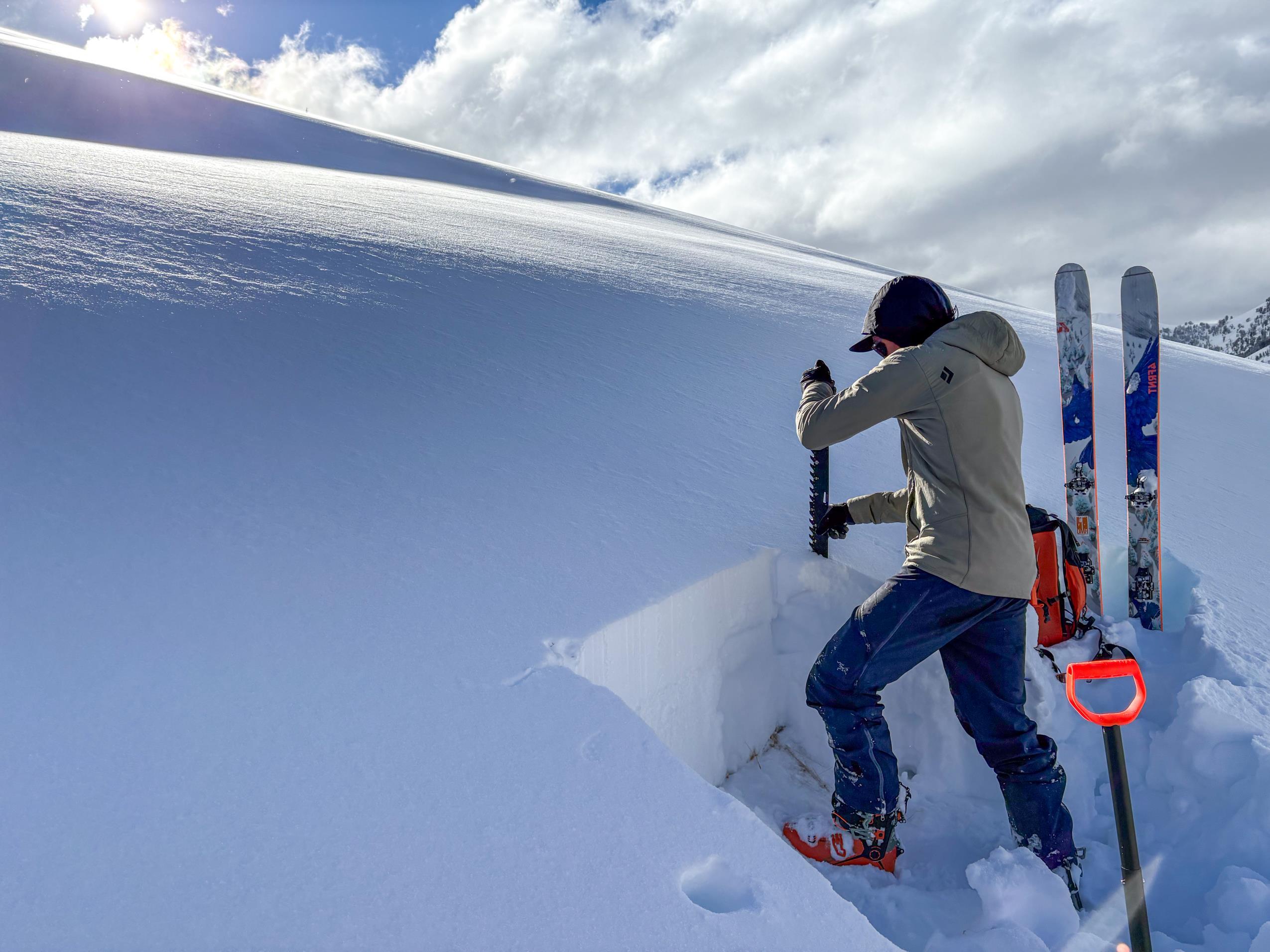
What will we remember about the 2024-25 winter? Big droughts, big storms, a really close call, and how valuable our Friends are:
• Extended droughts produced extended periods of good stability but also formed textbook weak layers, and impressive storms pushed the weak layers way beyond their tipping point to produce condensed avalanche cycles. This pattern continued on “rinse and repeat” through February.
• One of our friends, who is also one of our most trusted and prolific observers, was fully buried and successfully rescued by his partners in an early January avalanche near Smiley Creek.
• Through advocacy and financial flexibility, the Friends of the SAC stepped in to save the day when the Forest Service’s seasonal employee hiring program ground to a halt last fall.
We extend a huge thank you to the Friends of the SAC’s staff and board, to the professional operations we rely on so heavily for observations, to the public volunteers and observers who improve our forecast products by submitting observations, and to the entire Sawtooth NF team. Every winter reminds us how much our team relies on our amazing colleagues, community, and partners.
Enjoy your summer turns and adventures, whether they involve snow, water, dirt, sand, or rock.
Sincerely,
ZachM.,ZachP.,Ethan,andScott
The Sawtooth Avalanche Center Forecasting Team


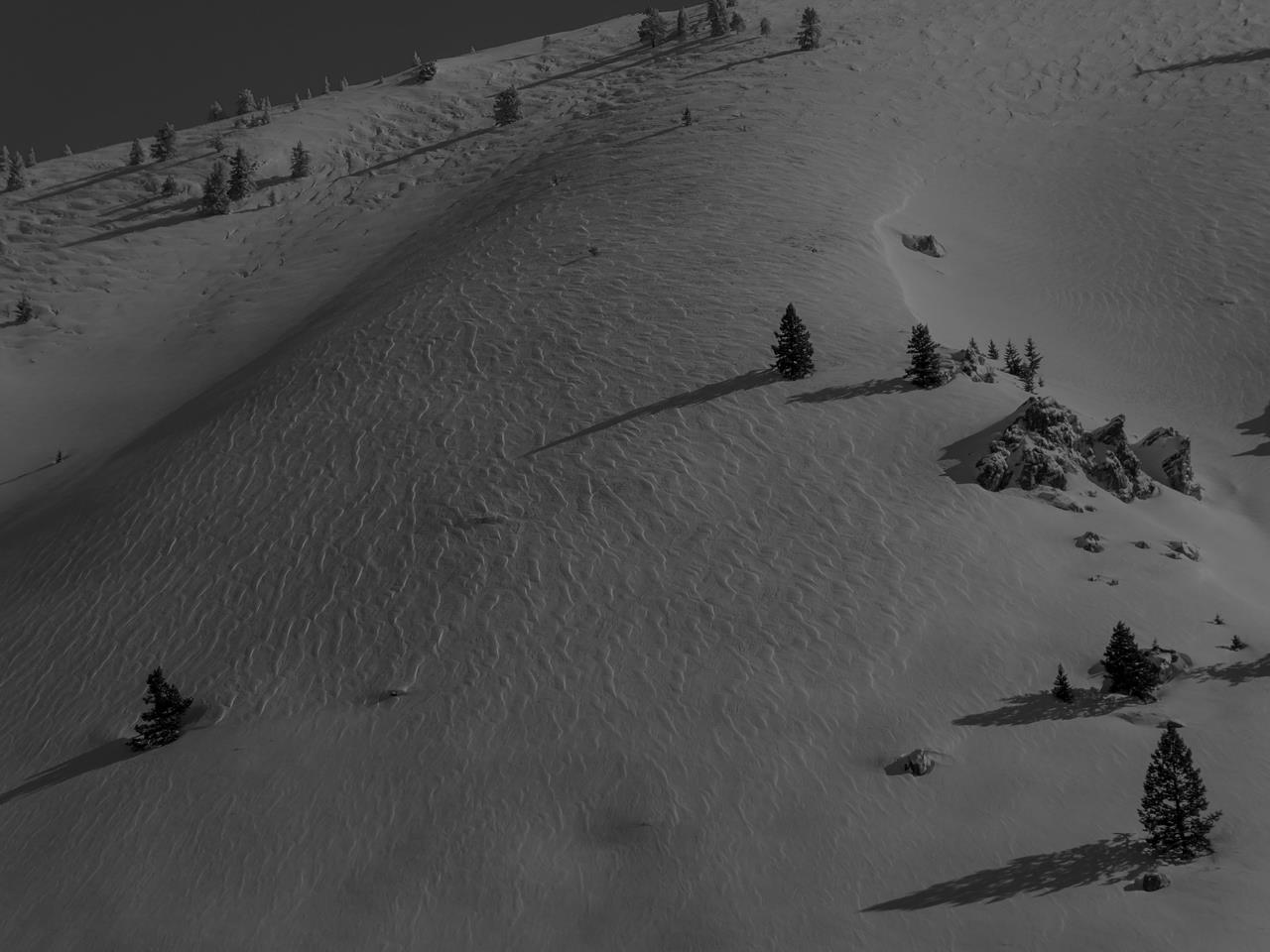

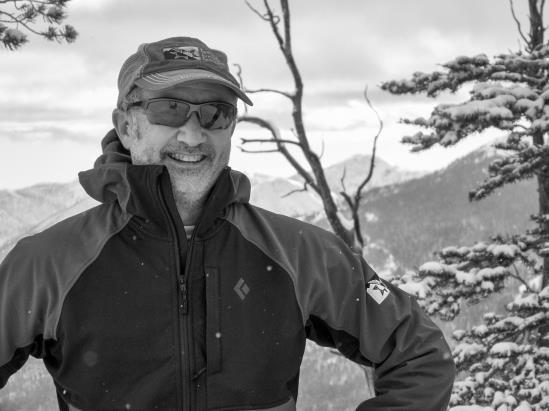
Scott Savage—Avalanche Center Director
Scott has been the SAC Director since 2014. He worked as a Ski Patroller, Avalanche Forecaster, and Snow Safety Director at Big Sky Resort before joining the SAC program in 2012. Scott has presented at many international avalanche conferences and regional professional seminars and is a regular contributor to The Avalanche Review. Scott is a National Avalanche School instructor and President of the American Avalanche Association. He likes to spend his free time playing on snow, dirt, rivers, and rocks and listening to geeky podcasts. Scott considers each day that he learns more than he forgets to be a success.

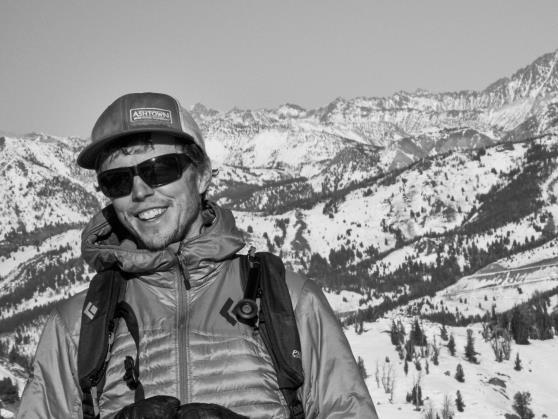
Ethan Davis Lead Forecaster
Ethan's passion for snow began at Anthony Lakes, a small ski area tucked in rural Eastern Oregon. Following a fascination with winter storms, he earned a Master’s degree in Meteorology at Penn State, where he spent three years in a dark lab growing ice crystals. Eventually, the call of the mountains brought him back into the light as a backcountry avalanche forecaster in Alaska and Colorado. Ethan is a National Avalanche School instructor and contributes to National Avalanche Center projects in the summer. He joined the Sawtooth Avalanche Center in 2015 and is proud to call the Wood River Valley home.
When he's not in the snow, Ethan can be found trail running, fishing, hunting, and camping with his wife and two young sons.
The Sawtooth Avalanche Center employed four full-time, seasonal employees during the
• Avalanche Center Director: Permanent Seasonal Position
• Lead Forecaster – Avalanche Specialist: Permanent Seasonal Position

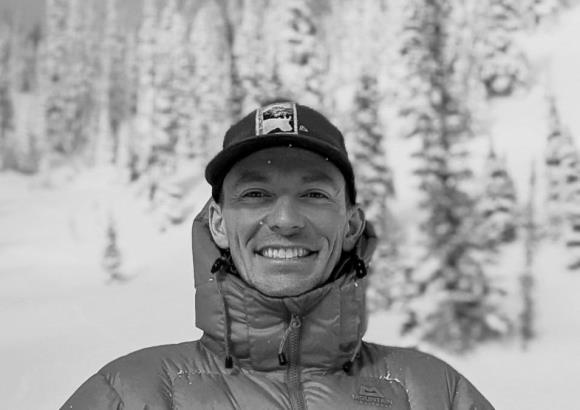
Zach Miller Forecaster
Zach grew up getting rained on at Snoqualmie Pass in Washington and got plugged into snow science while at the University of Colorado. Digging snow hydrology pits on the always windy Niwot Ridge unintentionally kickstarted a career, and Zach has been working professionally in the snow and avalanche world ever since. His background includes ski patrolling at Solitude in Utah, avalanche course instructing in NW Montana, avalanche forecasting for the Going to the Sun Road in Glacier National Park, completing a master’s degree from Montana State University in Earth Sciences, and conducting snow science, mountain climate and glaciology research for the U.S. Geological Survey. When not digging holes in the snow, you’ll probably find him riding bikes, running, or hiking.
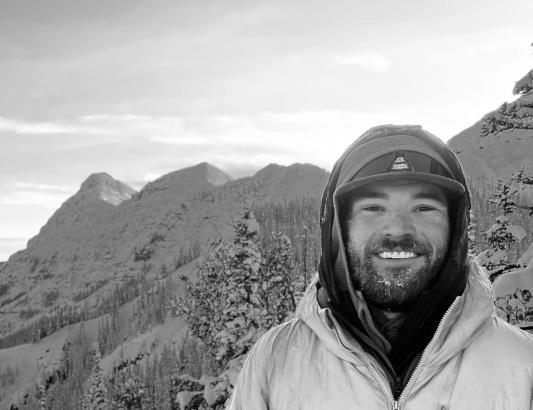

Zach Peterson Forecaster
Zach joined the SAC team in 2024. Born in Colorado and raised in western Montana, Zach found a love for the mountains at an early age. He took full advantage during his four years studying Economics at Montana State University, spending any spare moments skiing or snowmobiling in the mountains near Bozeman. Since 2018, Zach has spent his winters ski patrolling, ski -guiding, and teaching avalanche courses in the Beartooth Mountains. Also, he spent the 2023-24 season interning with the Gallatin National Forest Avalanche Center. When not chasing snow on foot or machine, Zach likes exploring the mountains with his dogs, kayaking, or chasing endless winters in South America.
• Forecaster – Avalanche Specialist: Seasonal Position the winter season:

• Forecaster – Avalanche Specialist: Seasonal Position

Operations
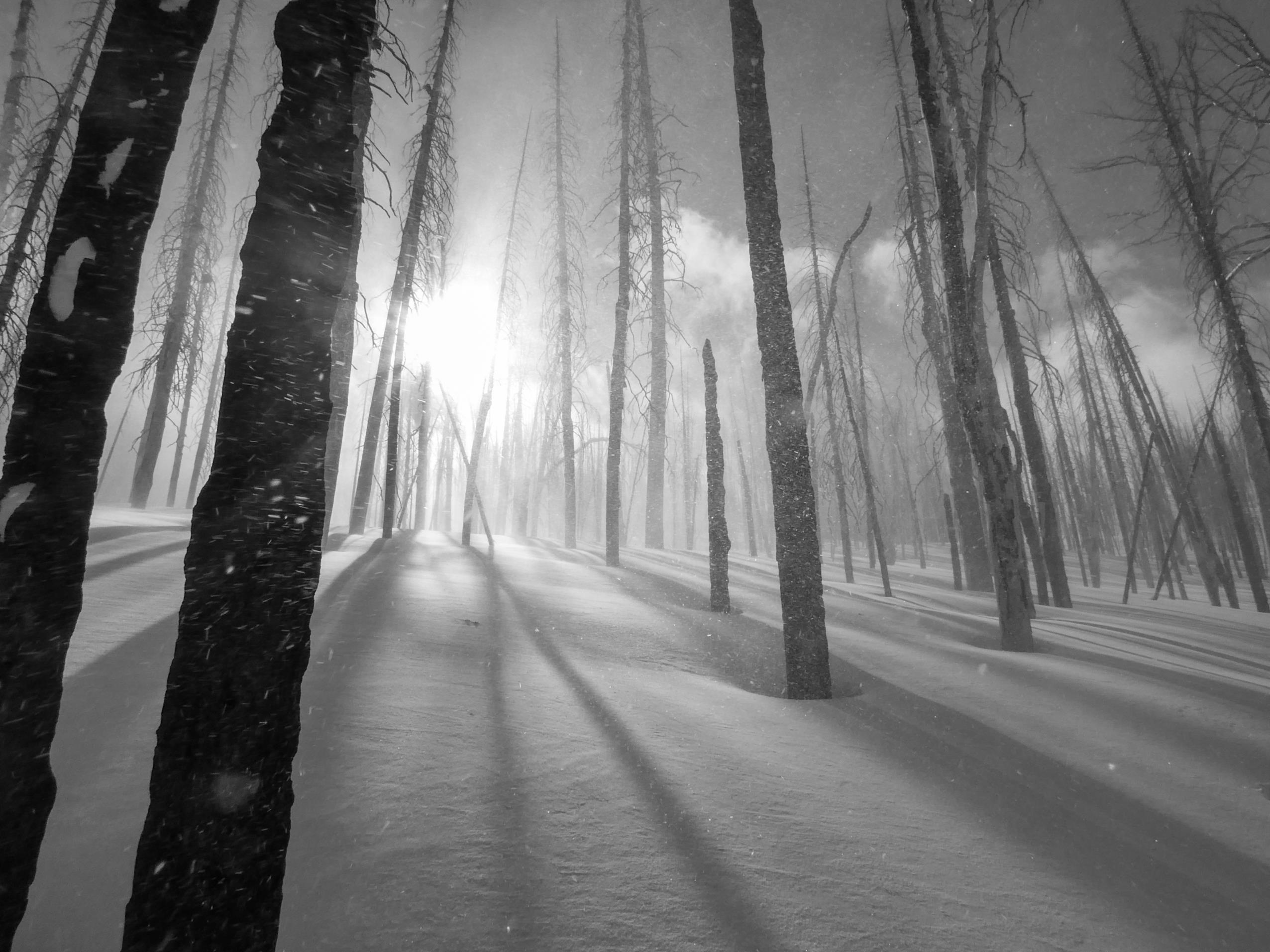
This season brought several new faces. “The Zach’s”—Zach Miller and Zach Peterson—joined the crew as new forecasters. Scott Savage and Ethan Davis returned to complete the forecasting team. Cody Richmond took the reins as the Friends of the SAC’s Executive Director. As the District Ranger for the Sawtooth National Forest’s Ketchum Ranger District, Zach Poff supervises the avalanche center and is a huge supporter of the program.
We spent the fall navigating challenges presented by the USFS hiring freeze, wrapping up website changes, maintaining weather stations, attending and presenting at regional snow and avalanche workshops, preparing educational materials, dialing in the snowmobiles, and installing the beacon park. Outside of work, Scott attended the International Snow Science Workshop (ISSW) in Tromsø, Norway, and chaired an oral session.
We issued our first General Avalanche Information product on October 31st. Daily Avalanche Forecasts started on December 14th and continued through April 13th. We issued our final General Avalanche Information product of the season on May 5th. In total, we produced 122 Avalanche Forecasts and 20 General Avalanche Information updates.
Once winter gets rolling, we aim to have at least one forecaster in the field every day of the week. We received 244 public observations—thank you! Local ski guides, snow safety workers, and USFS staff contributed 407 observations to our professional observations database. These reports are vital in ensuring the most accurate forecast possible. All told, we logged 837 observations this season.
In addition to field and office time to produce the forecasts, SAC staff produced a variety of print and social media content, were frequently interviewed by radio and local television reporters, taught avalanche education programs, maintained and repaired weather stations, and plugged away on local and nationallevel projects with over 60 partner organizations.
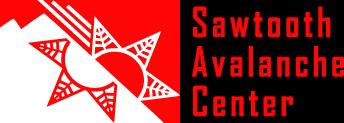

The mission of the Sawtooth Avalanche Center is to provide avalanche safety information for people recreating, working, traveling, or living in south-central Idaho.
Season Review

Early fall storms deposited enough snow in the south-central Idaho mountains to get everyone excited about winter, and we issued our first General Avalanche Information product on October 31st. November storms improved coverage, produced the first natural avalanches of the season, and led to the first significant human-triggered avalanches on November 22nd.
We issued our first daily Avalanche Forecast in conjunction with an Avalanche Warning on December 14th, highlighting the first of a series of Persistent Slab avalanche problems that would, as usual, drive avalanche activity for the majority of the season. A period of high pressure and facet growth before Christmas set the stage for the meat of the winter.
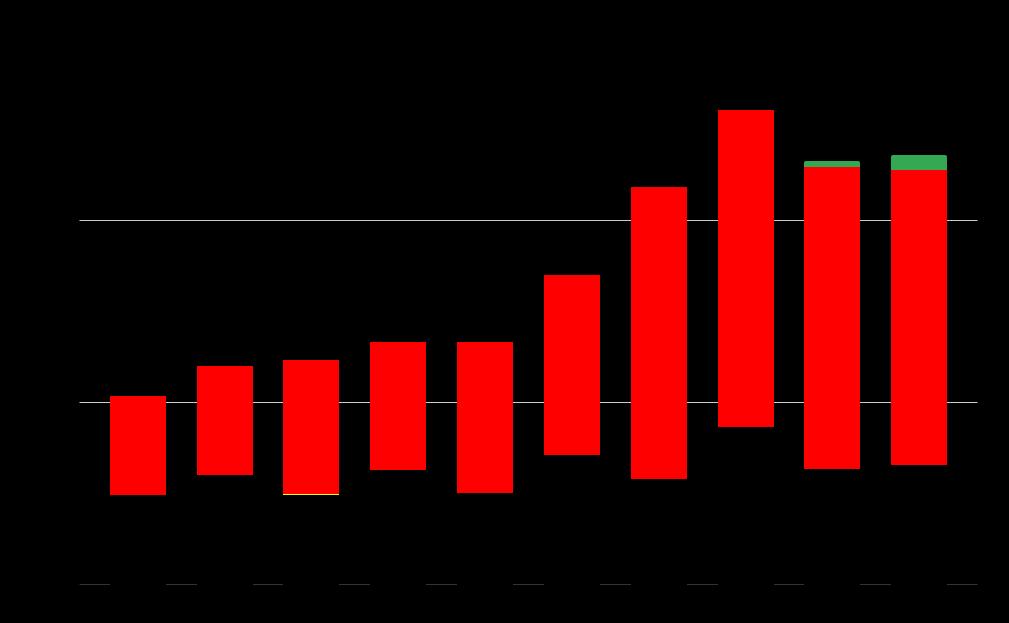
Avy App

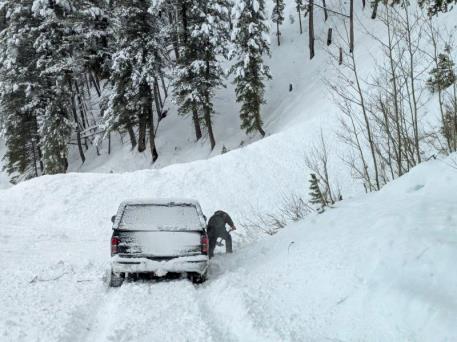
M. Gherman
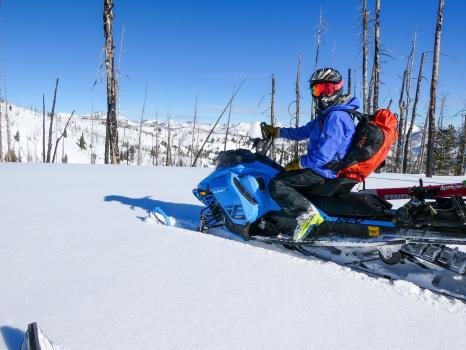
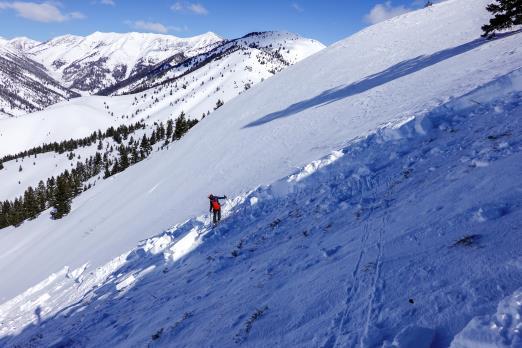
• Two Avalanche Warnings were issued.
• Six large human-triggered avalanches were reported.
• Twenty-three D3 avalanches were recorded.
A late December and early January series of storms delivered up to 6” of SWE, some of the most hazardous conditions of the season:
• One very large avalanche fully buried a snowmobiler, who was recovered of time with only minor injuries.
• A large avalanche blocked HWY75 overnight on January 3rd near Galena
After an active start to the New Year, the jet stream went on holiday to the the forecast area high and dry for the rest of the month. During this 28-day ~0.3” of SWE was recorded, reducing season-to-date totals from the 70th the 30th percentile. As stability improved, the danger decreased to LOW and there for 16 days in one zone. This streak was the longest mid-winter stretch danger in over a decade and more LOW danger than we see in some complete month's end, snow surfaces were a complex mix of wind board, crusts, and stacking the deck for an exciting return to moisture.
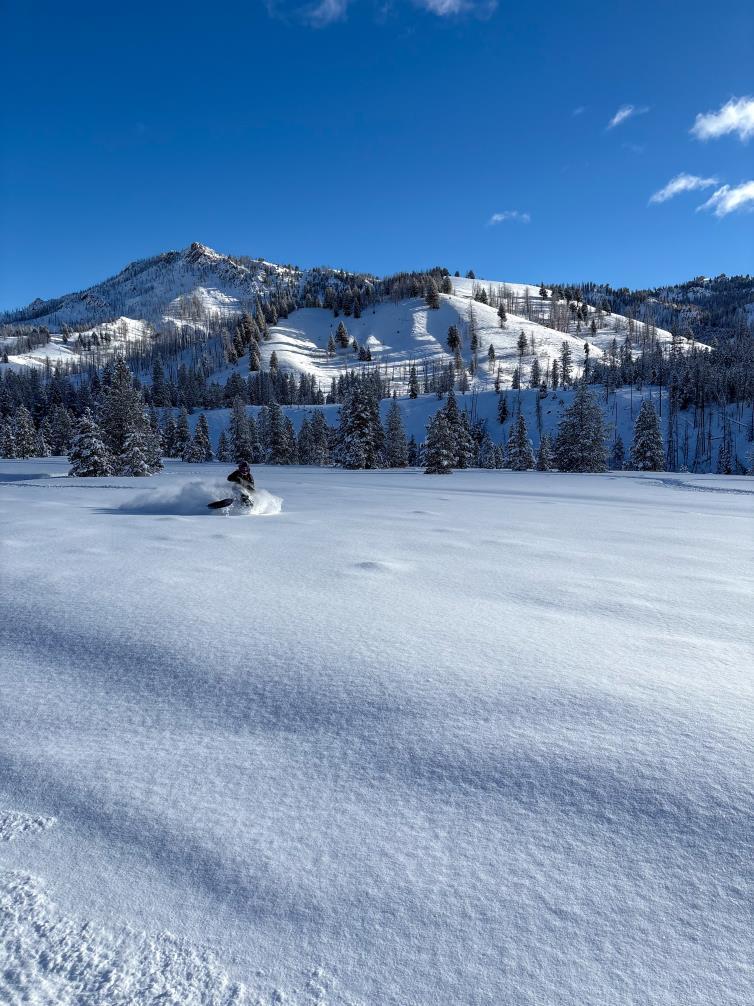
Here at the SAC, we’re “pro avalanche” (bring it as long as nobody gets hurt!), low pressure forming in the Pacific had us buzzing. The jet stream had not returned but appeared to be intent on making up for lost time. The first week 7” of SWE, causing the most dangerous stretch of the Three Avalanche Warnings were issued.
The danger was rated EXTREME for two consecutive days in the Galena
-triggered slides were reported.
blocked Warm Springs Road west of Ketchum.
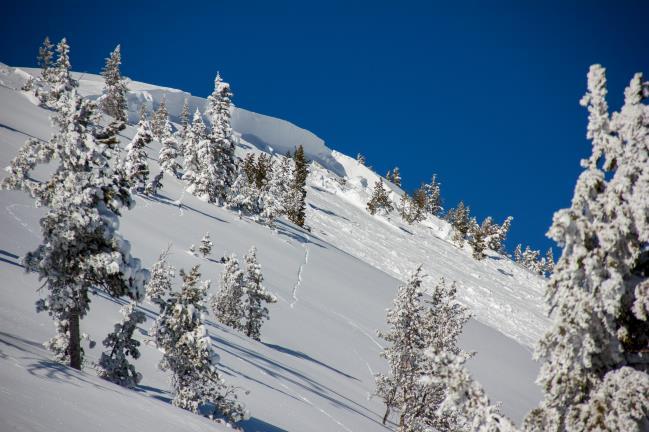
216 slides of D2 or greater were recorded, and many more went unseen day event.
A home was hit by a thick, low elevation slab avalanche west of Ketchum.
With a wild February behind us, an early March lull allowed us to catch our significant warm spells and one healthy mid-March storm kept things interesting, danger reached CONSIDERABLE or higher on only 7 of the last 44 days of the was dominated by LOW danger until our final Daily Avalanche Forecast on This season was a roller coaster. Three distinct periods of elevated danger islands amid a sea of yellow and green. Mid-season LOW danger is a rarity got there twice. Intense but short-lived storms contributed to this. Drought, atmospheric rivers and gradually improving stability, was a track put on repeat. resulted in ½ to ¾ of the season spent at MODERATE and LOW danger.
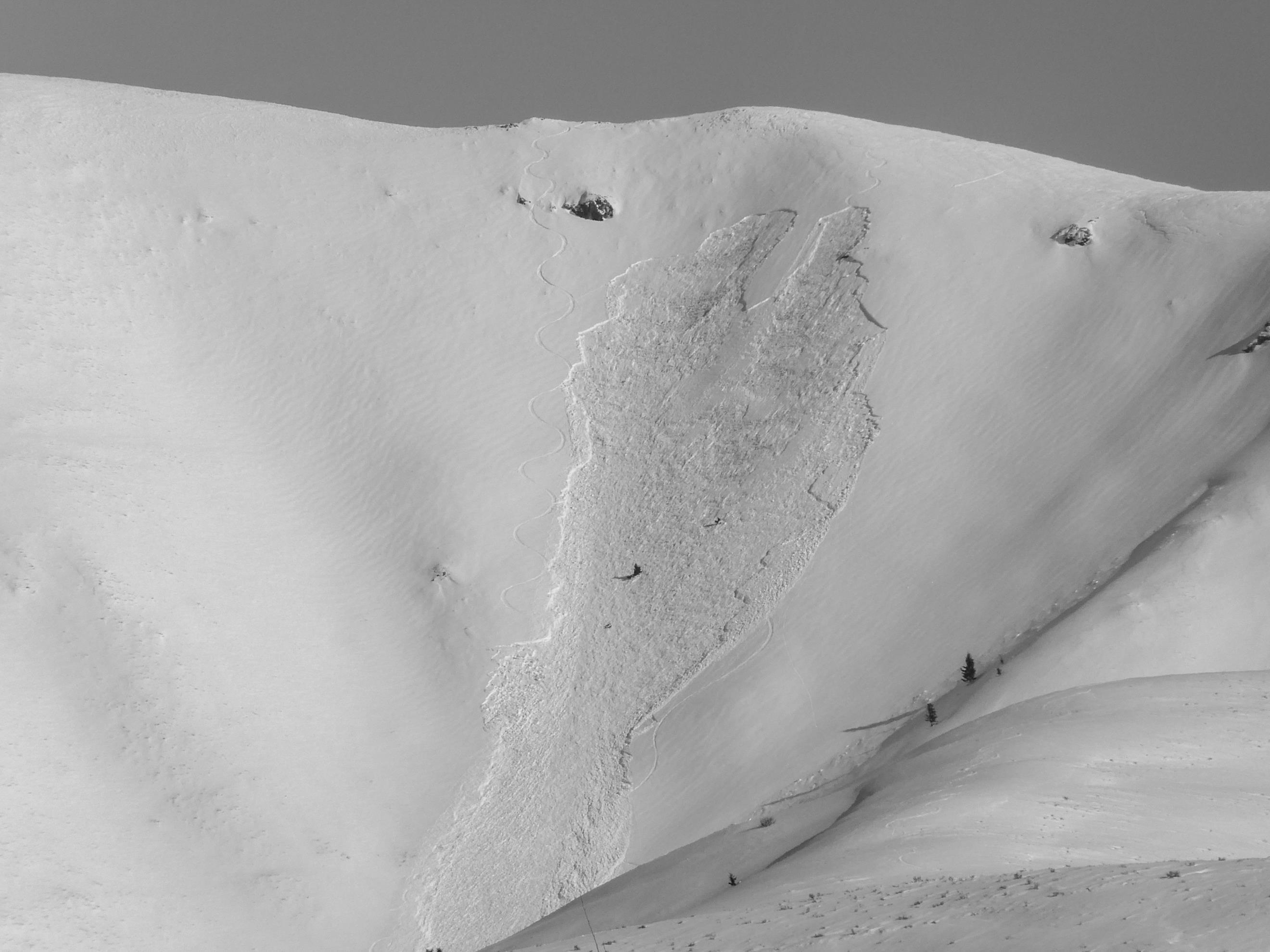

Sun Valley Heli Ski
SWE, creating recovered in the nick Galena Summit. the north, leaving day drought, only 70th percentile to and remained stretch of LOW complete seasons. At and facets, hurt!), so the deep not simply week of the the season:
Galena & Eastern
unseen during the Ketchum.
our breath. A few interesting, but the the season. April on April 13th.
danger stand out like rarity here, and we Drought, ended by repeat. This


Accomplishments

Our Forecasts received over 472,000 views via the web, Avy App, and email subscriptions.
We received 244 observations from the public. Thank you for this massive community effort!
SAC forecasters gave 7 interviews to local, regional, and national media outlets.
We produced 34 videos that were watched nearly 250,000 times this year!
Five Digging Deeper talks reached a live audience of 166 people, including our first-ever Boise Digging Deeper event.
SAC and the Friends of the SAC gave 36 educational presentations to recreational and professional audiences. Our educational programs reached nearly 3,000 individuals this season, including over 760 motorized users
Ethan gave an Avalanche Awareness presentation to local snow removal and maintenance workers in Bellevue. The talk included a video shot and produced in the Wood River Valley by F11 Films’ Spencer Cordovano. It introduced avalanches, avalanche warning signs, and what to do in the event of an emergency. English and Spanish versions of the video are available on our YouTube Channel. Additional avalanche awareness information in Spanish is available here.
Volunteers contributed over 500 hours to Friends of the SAC fundraising events and more than 5,000 hours to collect and submit field observations.
The eighth annual Homegrown Film Festival was held on November 30th. This amazing event brings the community together to stoke the early-winter fire in support of the Friends of the SAC. Thanks to Spencer Cordovano and the Homegrown crew!
Scott presented at the Colorado Snow & Avalanche Workshop (CSAW) in October in Breckenridge, CO. Scott’s talk, “The Effects of Wildfire on Avalanche Terrain,” examined how the 2022 Ross Fork fire fundamentally changed avalanche release and runout zones. His presentation focused on how these findings impact both professionals and recreationists. Scott also gave talks to local professional operations on a variety of topics.
Scott and Ethan worked with FS avalanche center staff from around the country to further develop and teach a backcountry avalanche forecaster training class. The day included talks ranging from the basics of the avalanche forecast platform
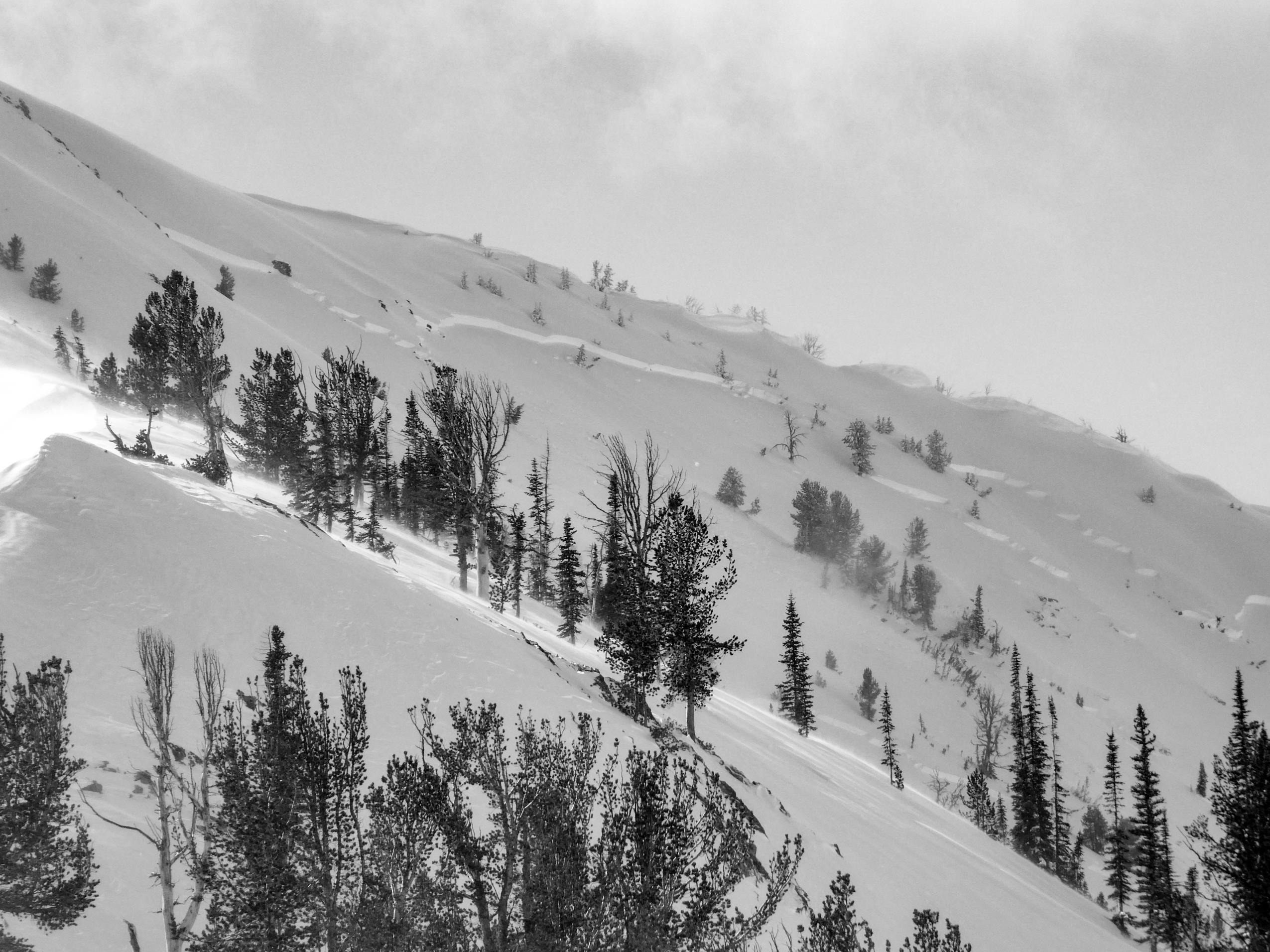

to our relationship with the National Weather Service (NWS). Breakout sessions allowed small groups to work through various avalanche forecasting scenarios. The class was attended by 55 avalanche forecasters from across the US.
ISSW 2024: Scott attended ISSW 2024 in Tromsø, Norway, in September. Scott, Ethan, and Zach Miller co-authored a presented paper on mid-winter wet slab avalanches. Scott chaired an oral session on decision-making research, participated in a decision-making podcast, and served on the ISSW Steering Committee. The next ISSW will be held in 2026 in Whistler, BC, followed by ISSW 2028 in Snowbird, Utah.
National Website Project: Scott represented the SAC during the development of a collaborative, next-generation website. The SAC, the FS National Avalanche Center (NAC), the Northwest Avalanche Center (NWAC), and the Sierra Avalanche Center (another SAC) are collaborating to develop a unified website, with a tentative launch date in fall 2025, at both the Sierra and Sawtooth Avalanche Centers. We expect many other avalanche centers will utilize the platform in the future. Stay tuned for updates on this exciting project as Scott and Ethan work on it behind the scenes!
E. Idaho Working Group: The SAC, in conjunction with the Bridger-Teton Avalanche Center, the Gallatin National Forest Avalanche Center, the Utah Avalanche Center, and the FS National Avalanche Center, formed a working group with the aim of reducing backcountry avalanche accidents in Eastern Idaho. Since 2010, 11 people have died in avalanches in Eastern Idaho’s backcountry. Ninety-one percent of those who died were riding snowmobiles or snowbikes. Eighty-six percent of recent accident victims had insufficient or missing rescue gear. The working group aims to enhance the quality, spatial coverage, and accessibility of avalanche information, expand free and low-cost avalanche education, and foster vital partnerships with public and private entities throughout Eastern Idaho. This summer, Ethan will explore ways to collate and share avalanche information, including forecasts, observations, and educational events, through a new website.
Storm and Weak Layer Tracking: When you’re viewing our Storm Totals webpage, you can click on a link to view the Google Sheet that houses the information. New this year, we have created additional tabs that allow everyone to view a cumulative SWE loading graph for all the remote weather stations we track, as well as daily information on weather conditions, weak layer formation, and weak layer burial. Zach Miller did the heavy lifting on this project, and we’ll continue refining it before next year.
Resiliency Program: Thanks to a $2,000 grant from the American Avalanche Association, SAC staff completed a Responder Alliance training program to prevent and mitigate burnout and traumatic stress injuries. The program helps outdoor professionals proactively manage their stress responses and was a positive influence on the SAC team this year.
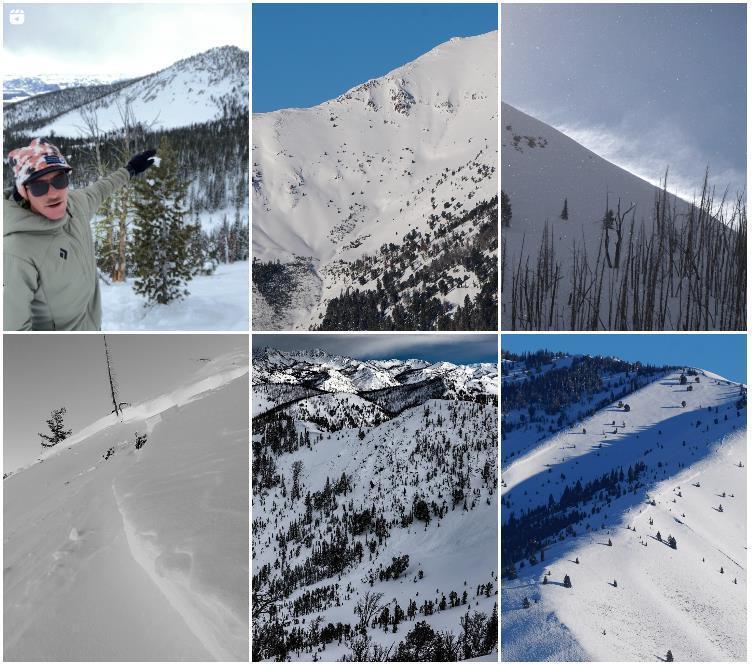
Social Media

Social media plays a crucial role in communicating avalanche conditions and social event information:
• We posted 34 videos this season, receiving nearly 250,000 views!
• We posted daily avalanche information to Instagram, Facebook, and X.
• The SAC’s social media audience increased by nearly 1,000 followers in the past year. YouTube was our fastest-growing channel, with an 11% increase in our audience.
• Thanks to the generous support of KECH 95.3 FM, we aired 85 weekday morning Avalanche Forecasts. Broadcast during the morning commute, these radio spots featured avalanche and weather information, providing a quick summary of what to expect in the backcountry.





12,078 8,502 1,064 800 followers
Education

Avalanche education is a vital component of the SAC and Friends’ shared mission to provide avalanche safety information for people recreating, working, traveling, or living in south-central Idaho.
In her third season, Annie DeAngelo, the Education Coordinator for the Friends of the SAC, filled the calendar with free and low-cost avalanche education opportunities for the Wood River Valley and beyond. Friends ED Cody Richmond and Annie orchestrated general Avalanche Awareness outreach for schools and recreational groups, all while Annie enjoyed a large part of the winter abroad in the Alps. SAC forecasters handled professional-level training and specialty talks such as the Digging Deeper series. During the 2024-2025 winter season, this multi-pronged approach delivered 36 presentations to nearly 3,000 people.
The SAC and Friends of the SAC continued their emphasis on motorized user outreach and education by providing avalanche education opportunities to motorized users throughout southern Idaho. Motorized-specific talks were held in Island Park, Caldwell, Idaho Falls, and Twin Falls. SAC forecasters and Friends of the SAC instructors reached over 760 riders this season.
Digging Deeper
The Digging Deeper discussion series returned for its seventh season, featuring five talks that were attended by nearly 170 people. These talks target intermediate to advanced backcountry users seeking to enhance their skills and knowledge in the backcountry. Topics included the Sun Valley Snow Safety program and “OB” skiing (with Graham Tyler and Kent May from Sun Valley Ski Patrol and Snow Safety); wet snow and mid-winter wet slabs (Zach Miller); backcountry avalanche rescue (Miles Canfield and David O’Donnell from Ketchum Fire Dept); wildfire and avalanche terrain (Scott Savage), and a riveting evening with Jon “JP” Preuss sharing lessons learned over his guiding and skiing career. The wildfire and avalanche terrain event was held at White Dog Brewing Company in downtown Boise, the first time we’ve taken the Digging Deeper series to the Treasure Valley. Motorized Outreach
5,000 14-15
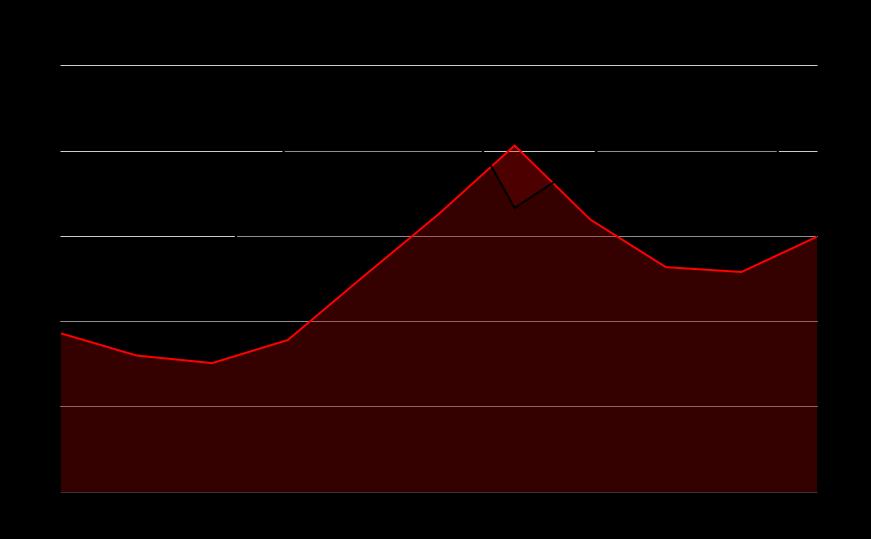
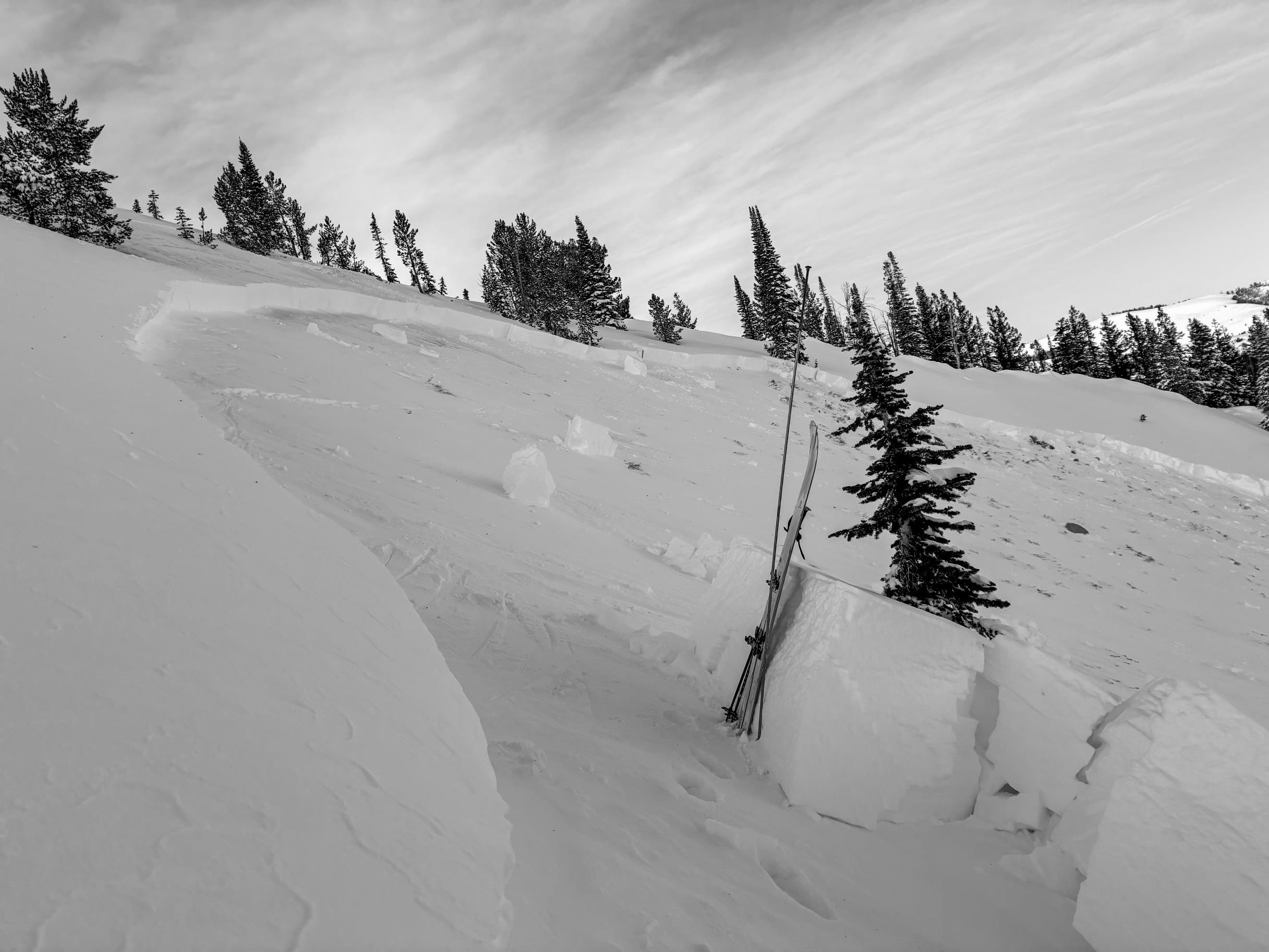

Motorized Outreach
In Idaho, over 80% of recent backcountry avalanche fatalities involved snowmobilers or snowbikers. Facilitating motorized avalanche education remains a top priority for SAC. SAC forecasters and Friends of the SAC instructors reached over 760 motorized users this season through Motorized Avalanche Awareness talks, snowmobile club meetings, the Idaho State Snowmobile Association conference, and the Avy Savvy event in Idaho Falls. This summer, Scott will continue to work with the American Avalanche Association’s staff and governing board, as well as a national-level motorized working group, to improve outreach to the motorized community.
Professional Education
SAC staff presented to professional groups on 10 occasions. Scott spoke about the effects of wildfire on avalanche terrain at a regional seminar in Colorado and during the pre-season training of Sun Valley Ski Patrol and Sun Valley Heli Ski. He joined Norwegian and Canadian researchers to discuss decision-making during a podcast at ISSW in Norway. Ethan organized and chaired an East Idaho avalanche educators meeting in Island Park. Ethan and Scott teamed up to train FS forecasters, speak at the Idaho State Snowmobile Association (ISSA) general meeting, and present at the Local Emergency Planning Committee meeting. SAC staff ended the season with their annual Professional Development Seminar in Hailey, featuring a talk on wet snow avalanches by Zach Miller.
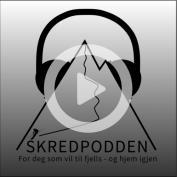

With Scott Savage, Andrea Mannberg, and Eeva Latosuo.
Funding & Partnerships

The SAC relies on many partnerships and collaborative relationships. A large part of the SAC’s budget comes from the Forest Service. The Forest Service, and specifically Region 4 and the Sawtooth NF’s continued support, demonstrates their commitment to public safety. The Ketchum Ranger District also provides extensive office and administrative support as well as office and maintenance facilities.
The Friends of the Sawtooth Avalanche Center (a 501(c)(3) organization) is the critical private partner in our mission; without their efforts and support, the center would be a shadow of what it is today. This year, the Friends stepped up to cover a gap in government funding and advocated extensively to allow the SAC to hire seasonal forecasters. The Friends are the conduit for both local and out individuals and businesses to support the SAC and Friends’ common mission of providing actionable avalanche information and education to people recreating, working, traveling, or living in south-central Idaho. The Friends covered 2 of the 4 forecasting positions and overtime during periods of heavy workload. In addition, the Friends provide recreational avalanche education programming, snowmobiles, funds for website and IT operations and improvements, safety and field equipment, weather stations, forecaster training funding, internship program support, and more. The Friends contributed $30,000 this year towards the creation of a new collaborative website. Visit https:// friends.sawtoothavalanche.com/ to learn more about the organization and how you can support its mission.
Local operations Sun Valley Heli Ski, Sawtooth Mountain Guides, Sun Valley Guides, Sun Valley Ski Area, and Soldier Mountain, as well as the National Weather Service’s Pocatello office, are major avalanche center partners; their support is key to our success.
In total, the avalanche center has over 60 active partnerships with international, national, state, county, city, and local organizations and entities.
Despite a nationwide Forest Service seasonal employee hiring freeze last fall, the US Forest Service approved hiring avalanche center staff and continued funding the SAC in a challenging and worsening Forest Service budget environment. The Avalanche Center is extremely fortunate that the FS, the Sawtooth NF, and FS Region 4 (Intermountain Region) continue to prioritize avalanche information and education programming.
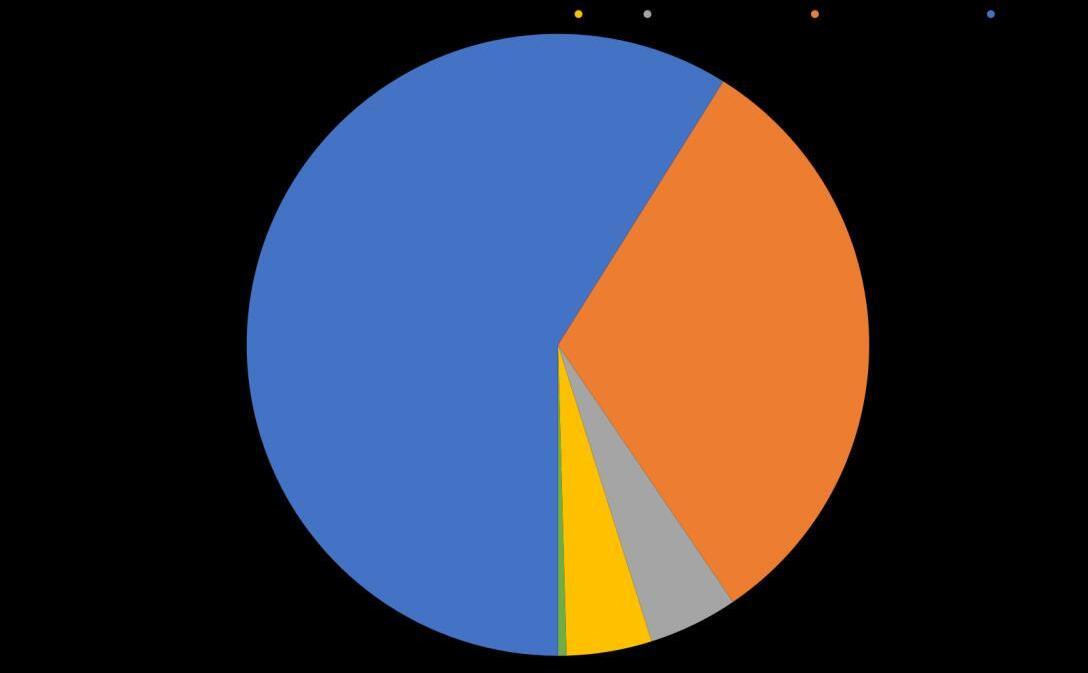
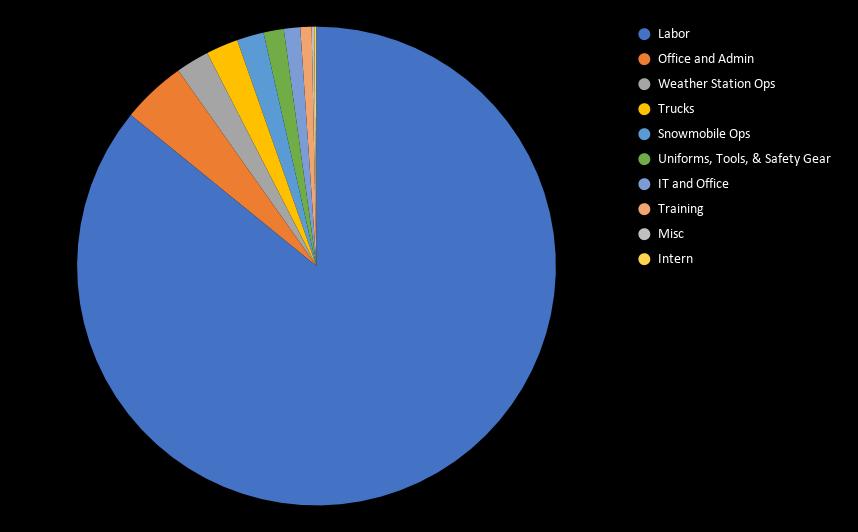

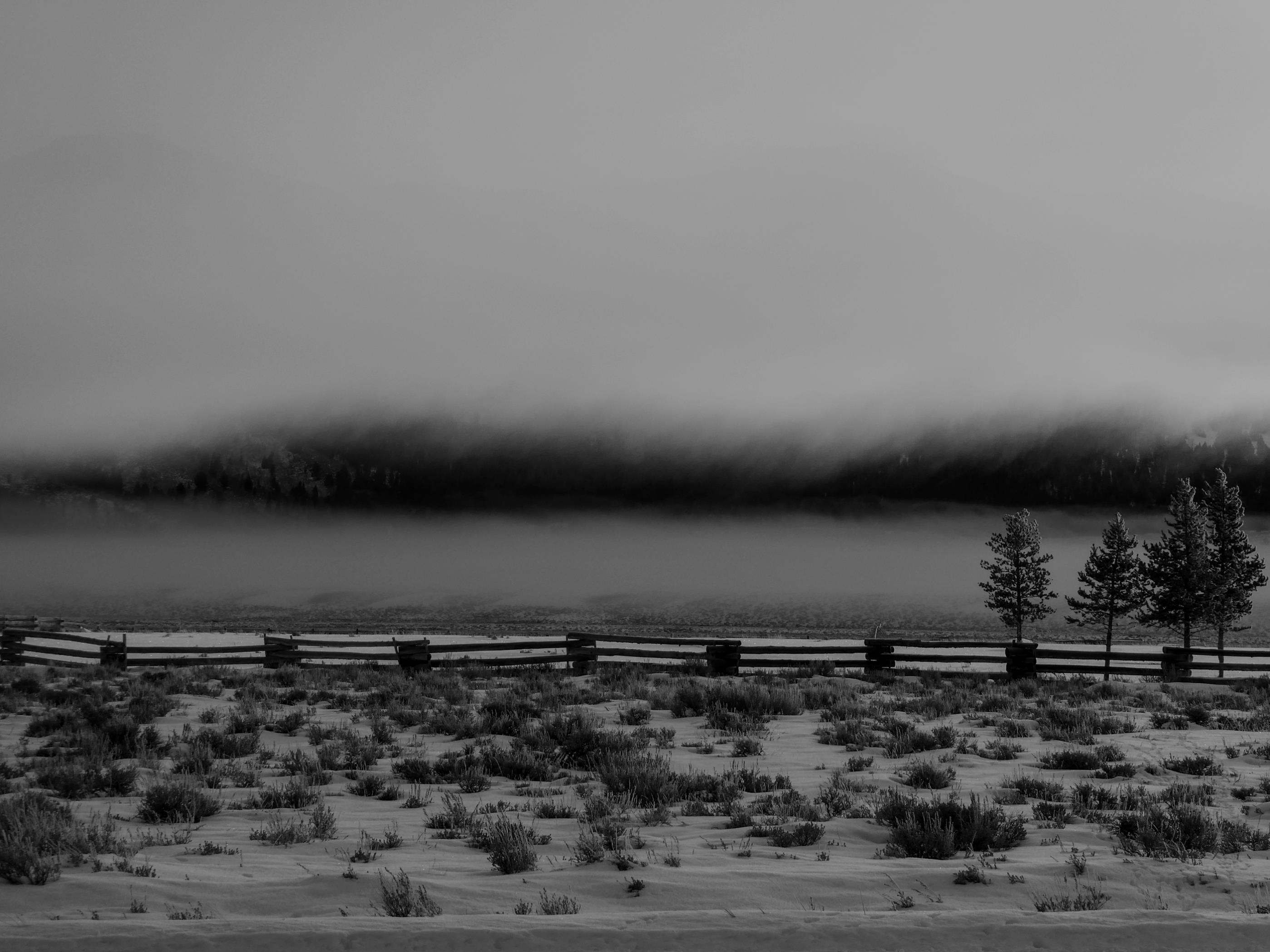














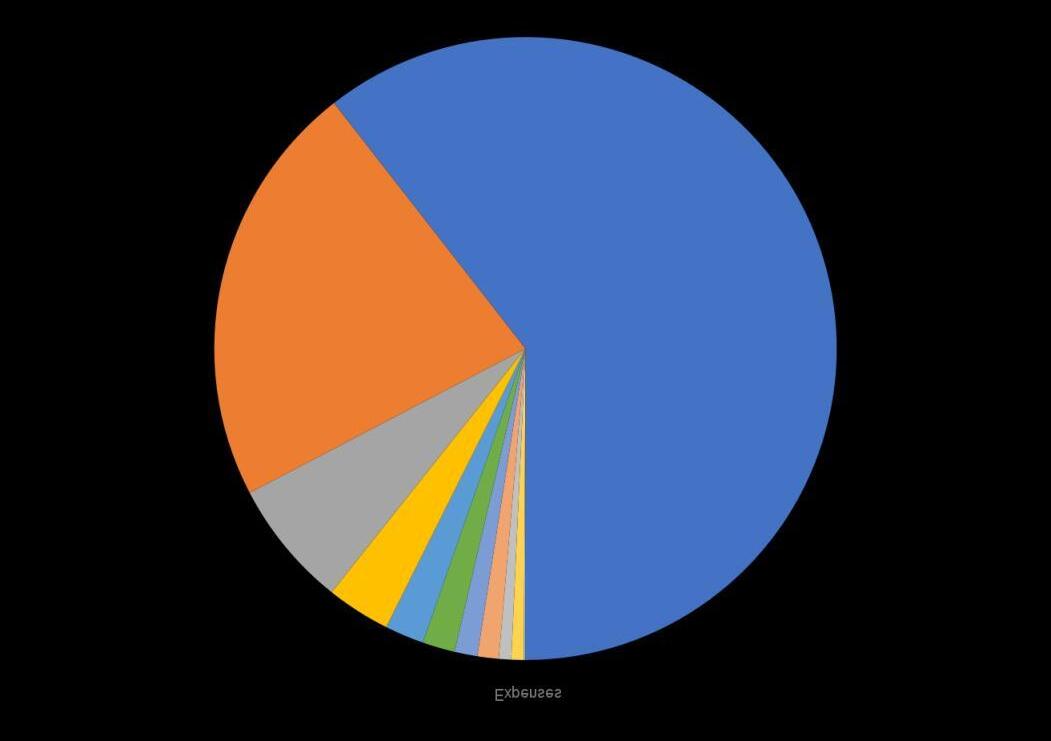


Next Season’s Goals
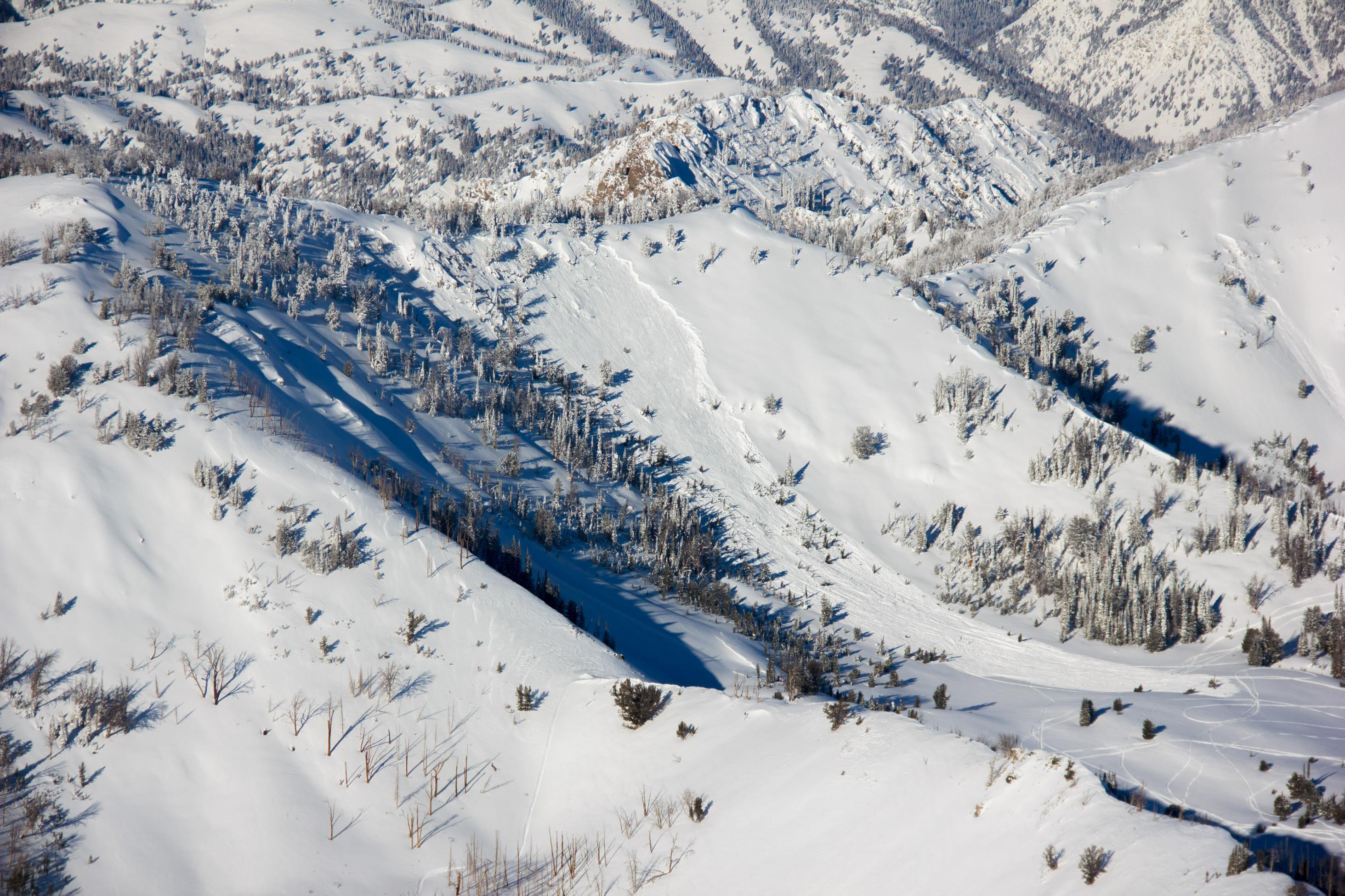
• Work with FS management, the Friends, and other partners to keep the SAC staffed and operational for the 2025-26 season.
• Continue working with FS National Avalanche Center staff on multiple national and regional level projects, including website and IT tools, avalanche information and education in E. Idaho, an improved forecaster training program, operational safety advancements, the National Avalanche School, and National Weather Service products.
• National Website Project: Continue working on a collaborative, next-generation website to promote quality, consistency, and cost savings. We hope to launch a beta version of the new site at the SAC and the Sierra Avalanche Center in fall 2025 - stay tuned for updates on this exciting project!
• Collaborate with HP Marshall from Boise State University on local SNOWPACK modeling and develop a plan to integrate model output into our operation.
• Explore ways to utilize AI to enhance forecasters’ early morning workflow.
• Begin and end the season with all of our remote weather stations running well; fingers crossed that none of them burn this summer!
• Increase the use of the Avy app and the number of public observations submitted using the app.
• Utilize recent communication research to refine SAC web products and forecaster guidance, making our products as easy to digest, understand, and implement as possible.
• Continue work on motorized avalanche education and outreach. In Idaho, the vast majority of recent backcountry avalanche fatalities were snowmobilers or snowbikers.
• As staffing permits, select an intern to work with both avalanche center and Friends’ staff during the 2025-26 operating season.
• As staffing permits, facilitate a “forecaster exchange” with the ski patrol and snow safety departments at Big Sky Resort to foster our team’s professional development.
• Continue to work on our riding skills we’re improving, but no one wonders if we are pro riders!

Photo: Sun Valley Heli Ski

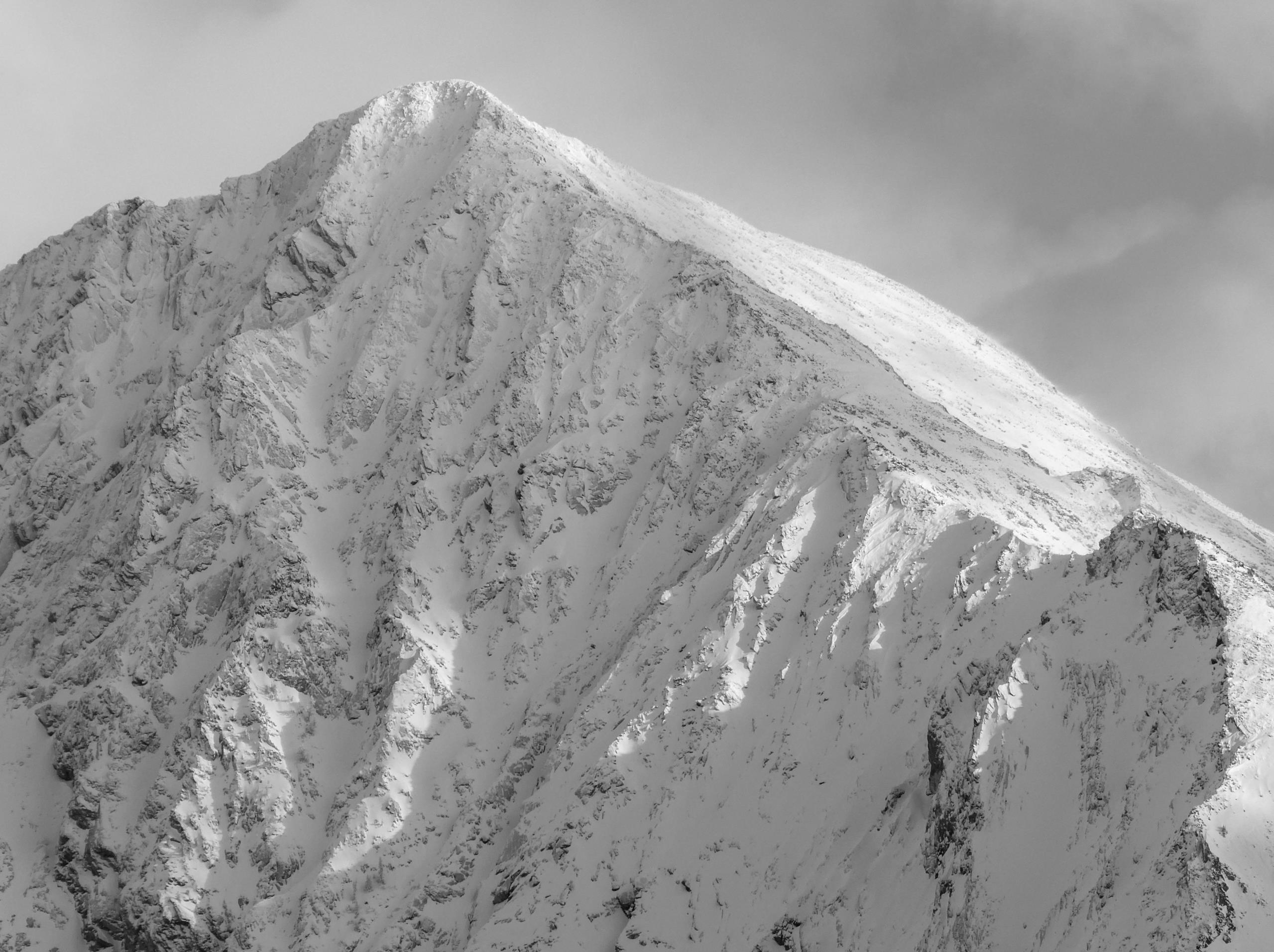
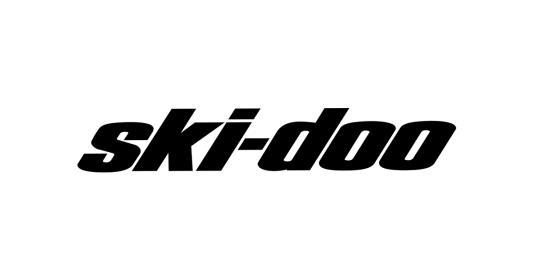

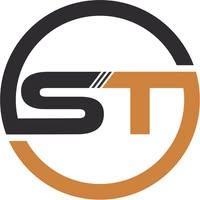




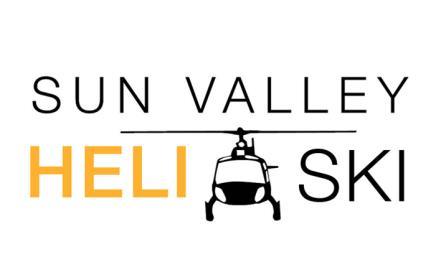
$10,000+

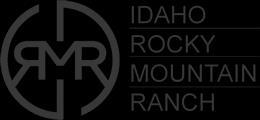
$6,000



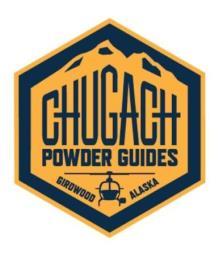



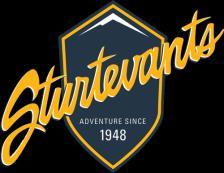



$3,000
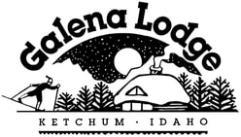


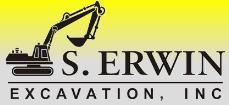

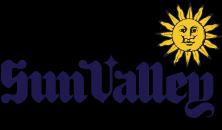




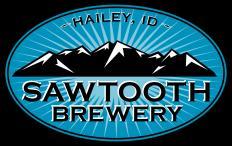

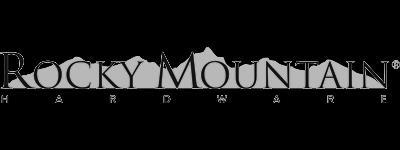

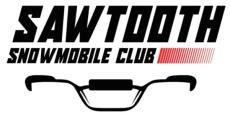



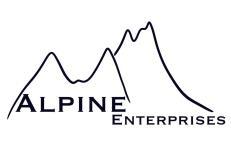



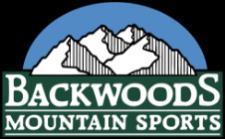






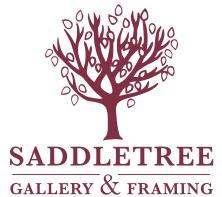

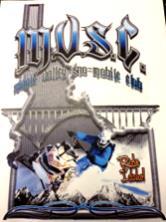





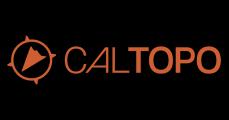









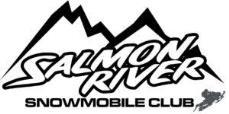
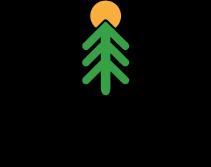
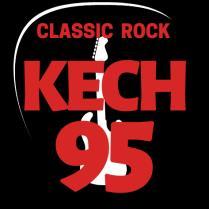



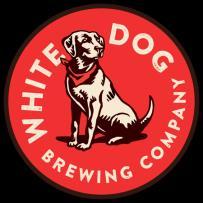

Tina Cole
Professional/Agency Partners


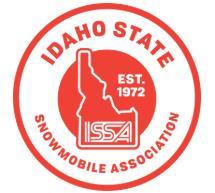









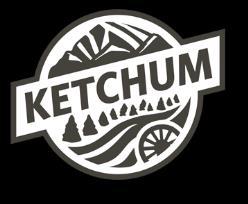
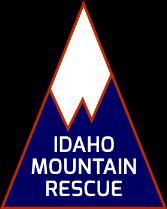

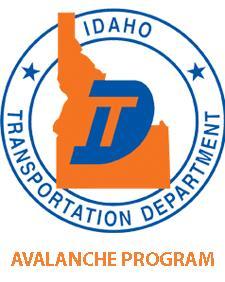
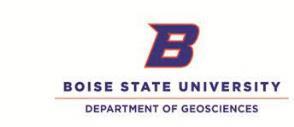




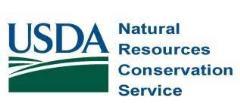

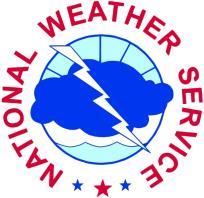


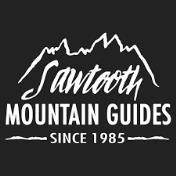

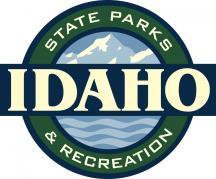

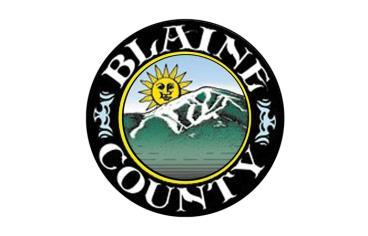



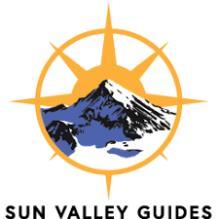
Sierra Avalanche Center

